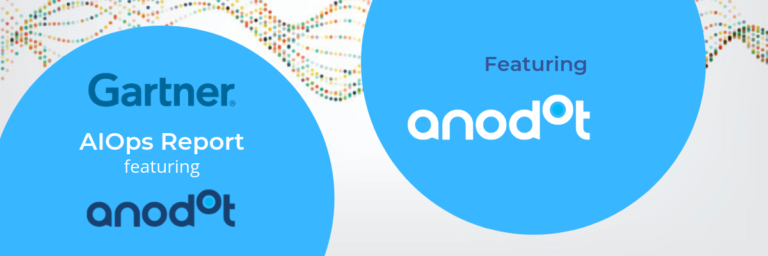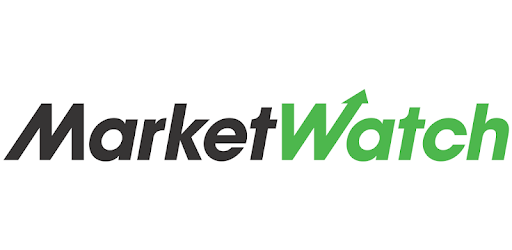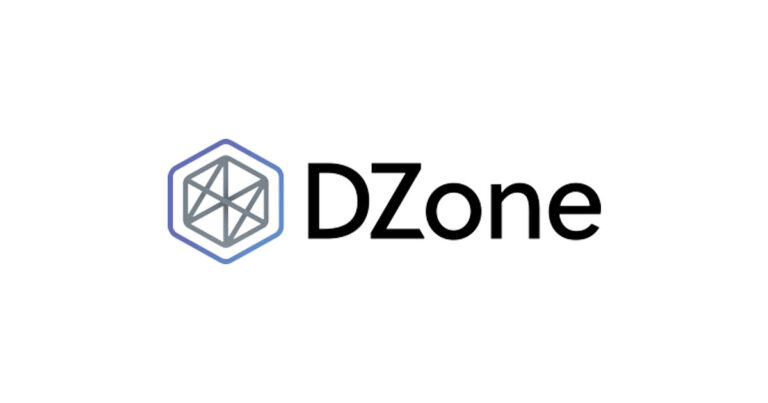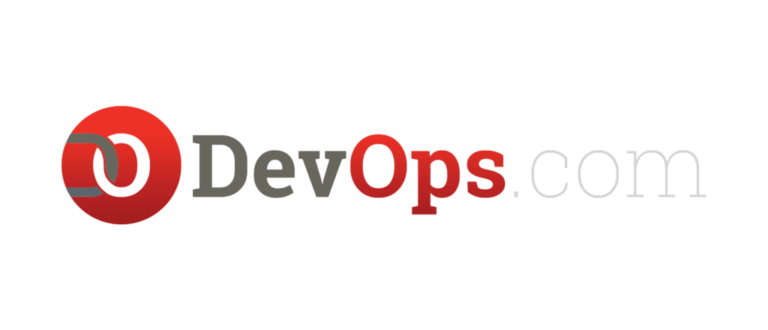February 23, 2019
Anodot Named One of the World's Top 100 AI Companies
CB Insights named Anodot to the third annual AI 100 ranking, showcasing the 100 most promising private artificial intelligence companies in the world.
"After being named to the AI 100 in 2018, last year's honorees raised nearly $4.5B across 45 deals with 6 going on to be valued at $1 billion or more," said CB Insights CEO Anand Sanwal. "The data we compiled on this year's nominees, ranging from their customers to their patents to their CB Insights' Mosaic scores, revealed 100 AI companies that are driving transformation across a number of industries and which are taking on a variety of large societal issues ranging from disaster management to cancer diagnosis to detecting fake news. We expect these companies will see similar levels of momentum and progress in 2019 and are excited to continue to track their progress."
In addition to disrupting core sectors including healthcare, telecommunications, semiconductor, government, retail, and finance, the 2019 AI 100 companies are revamping the broader enterprise tech stack. These companies span the globe, from the US, UK, Israel, Japan, China, Germany, Sweden, and Canada, and are supported by more than 680 investors from 29 countries.
"We are honored to be recognized by the 2019 CB Insights AI 100 for Anodot's advancements in AI/ML solutions," said David Drai, CEO and Co-Founder of Anodot. "As we continue to grow globally, Anodot's autonomous analytics will consistently provide customers with real time anomaly detection and root cause analysis, instantly delivering essential alerts on business incidents every time."
Through an evidence-based approach, the CB Insights research team selected the AI 100 from over 3,000 companies based on several factors including patent activity, investor quality, news sentiment analysis, proprietary Mosaic scores, market potential, partnerships, competitive landscape, team strength, and tech novelty. The Mosaic Score, based on CB Insights' algorithm, measures the overall health and growth potential of private companies to help predict a company's momentum.
Anodot helps top enterprises all over the world leverage machine learning based anomaly detection to achieve more predictable results. By swiftly pinpointing the scope and source of problems within massive amounts of data, Anodot's patented algorithms ensure faster-time-to detection and root cause analysis that traditional BI tools and dashboards can't deliver. Headquartered in Israel and the US, Anodot gets to the root of business issues related to sales and revenue assurance, risk, compliance and operations by processing huge volumes of data in real time, reducing time to detection and resolution.
Quick facts on the 2019 AI 100:
As of EOY 2018, these emerging private companies have cumulatively raised $9.4B across 375 deals.
Eleven companies have reached a unicorn valuation of $1B or more.
Over 680 unique investors from 29 different countries have backed the companies in this year's cohort.
Over 680 US patent applications have been filed by the AI 100.
Twenty-five previous honorees were featured on this year's list, in addition to 75 new companies.
Eight countries are represented on the ranking, and the majority of the companies are based in the United States.
The AI 100 Companies (in alphabetical order):
4ParadigmABEJAAEYEAgari DataAI FoundationAI.ReverieAiFiAnodotApplitoolsAppZenArea 1 SecurityArraiyArterysAtomwiseAutomation AnywhereBehavoxBenson Hill BiosystemsBioCatchBouncexButterfly NetworkC3Cerebras SystemsDataikuDataRobotDataVisorDeepMapDeepScaleDefinedCrowdDemistoDescartes LabsDremioDrive.aiEigen TechnologiesElement AIFace++FalkonryFortem TechnologiesFullStoryGamalonGauss SurgicalGongGraphcoreH2O.aiHabana LabsHorizon RoboticsHoverHyperScienceIDxInsitroIris AutomationJask LabsKebotixLanding.aiLawGeexLeanTaaSmablMachinifyMapillaryMedopadMighty AIMindstrong HealthMist SystemsMomentaMythicNew KnowledgeNexarNiramaiNuroOne ConcernOnfidoOrbital InsightOWKINPaige AIPerceptive AutomataPerimeterXPony.aiPROWLER.ioQventusSenseSenseTimeShape SecurityShield AISiftSignifydSigOptSkyline AISparkCognitionSyntiantTamrTaranisTextioThinCITrifactaTwentyBNUiPathUnbabelVectra NetworksViz.aiYITU TechnologyZymergen
About CB Insights
At CB Insights, we believe the most complex strategic business questions are best answered with facts. We are a machine intelligence company that synthesizes, analyzes and visualizes millions of documents to give our clients fast, fact-based insights. Serving the majority of the Fortune 100, we give companies the power to make better decisions, take control of their own future, and capitalize on change.
Contact:Hyeri Kim, PR [email protected] +1 212-292-3148 ext. 3020
About Anodot
Anodot's Autonomous Analytics platform leverages advanced machine learning techniques to constantly analyze and correlate every business parameter, providing real time alerts and forecasts, lowering time to detection and resolution. Our leading-edge, patented technology is trusted by clients in industries ranging from eCommerce to fintech, adtech, telco, gaming and more.
Anodot is headquartered in Silicon Valley and Israel, with sales offices worldwide. To learn more, visit us at http://www.anodot.com and follow us on LinkedIn, Facebook and Twitter.
Contact: Molly [email protected]
Read more








